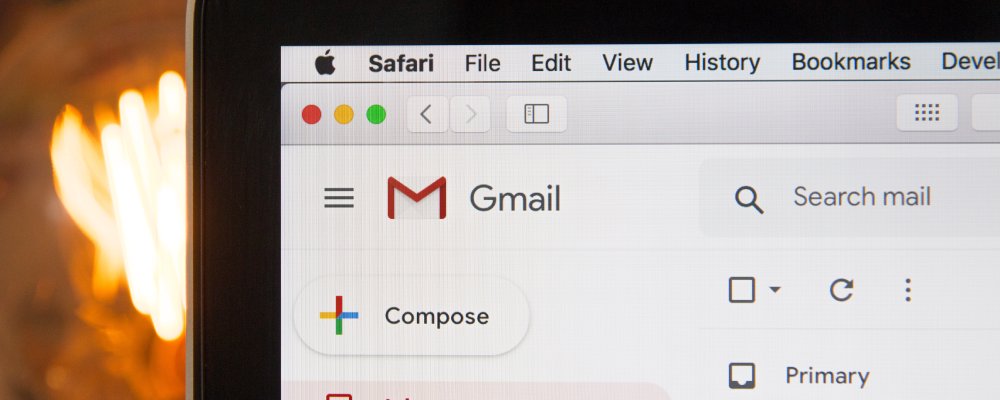Sending and receiving email is a business standard these days. A well-crafted email can project your business as professional, efficient and technically savvy. On the other hand, throwing together a poorly worded message can reflect negatively on your company. Here are 7 tips for more effective email messaging.
1- Be Concise
Get to the point. No one likes to read a rambling, disjointed email that derails every other sentence. Start with a good intro, go through all your points logically, and bring it to a clean conclusion. Your reader will be more likely to read the whole message, and not jump ship when the message gets confusing.
2- Give the Subject
The subject line is there for a reason – utilize it. A blank subject can often indicate junk mail or weak content. Use the subject to let your recipient know what the email is about, or to entice them to want to read the rest of the message.
3- Be Responsive
Respond to emails in a timely manner. 24-48 hours is common for professional communications. Anything longer and the matter can become stale and the sender loses interest. A long delay can also infer that you really aren’t attentive to their need. If nothing else, replying in a healthy time frame projects professionalism.
4- Proofread and Spellcheck
So you’re in the middle of the most powerful email you’ve ever written. It has form, punch, style and emotion. You delicately craft every detail end-to-end, sit back and smile and hit send. Just to bask in the greatness for a few minutes, you go back to the beginning and re-read this masterpiece. Then you see it: A mistake you made. And then another, and yet another. A grammar misplacement, a sentence fragment, some misspelled words. Slowly your masterpiece becomes a glaring display of inaccuracies. Always take time to proofread.
5- Cool Down Rule
Impose a 24-hour cool-down rule on yourself, for any email that frustrates you or makes you angry. Enforce it strictly. Never respond while the emotions are boiling or your mind is dreaming up creative, powerful retaliation. Give yourself a chance to sort through the feelings or turmoil and get to the actual issues, so you can respond constructively instead of offensively. When it’s all over, you’ll be glad you waited.
6- Avoid One-Liners
“Thanks.” “Ok.” “Sounds good.” These emails don’t really add anything to the conversation, they just slow people down when they have to take time to read them. If there isn’t a need to reply with some pertinent information, just skip it. Also, if you send an email that needs no reply, make it easy for everyone and state “No Reply Necessary” so your recipient will be comfortable with that.
7- Identify Yourself
Did you ever get an email from someone, and spend half the time reading it trying to figure out who sent it? Yeah, don’t be like that. State upfront who you are and why you are sending the email, so the rest of the message will make proper sense.

